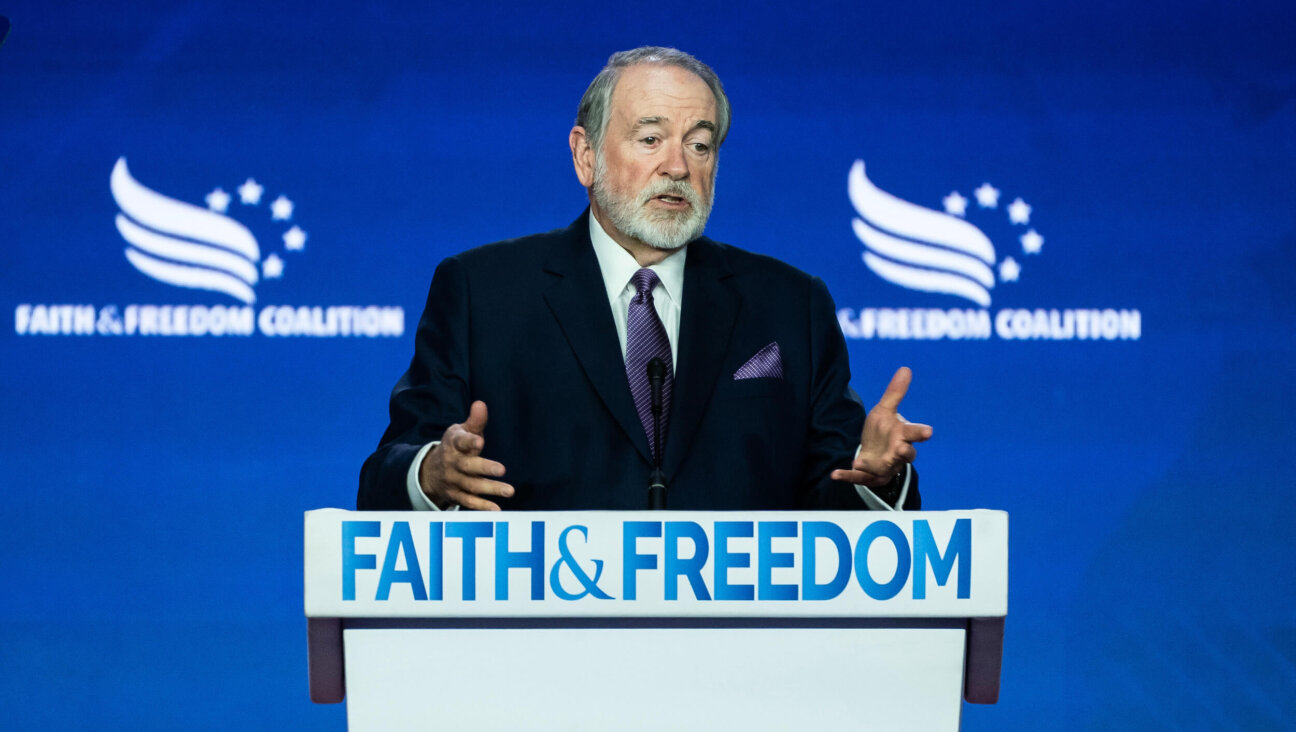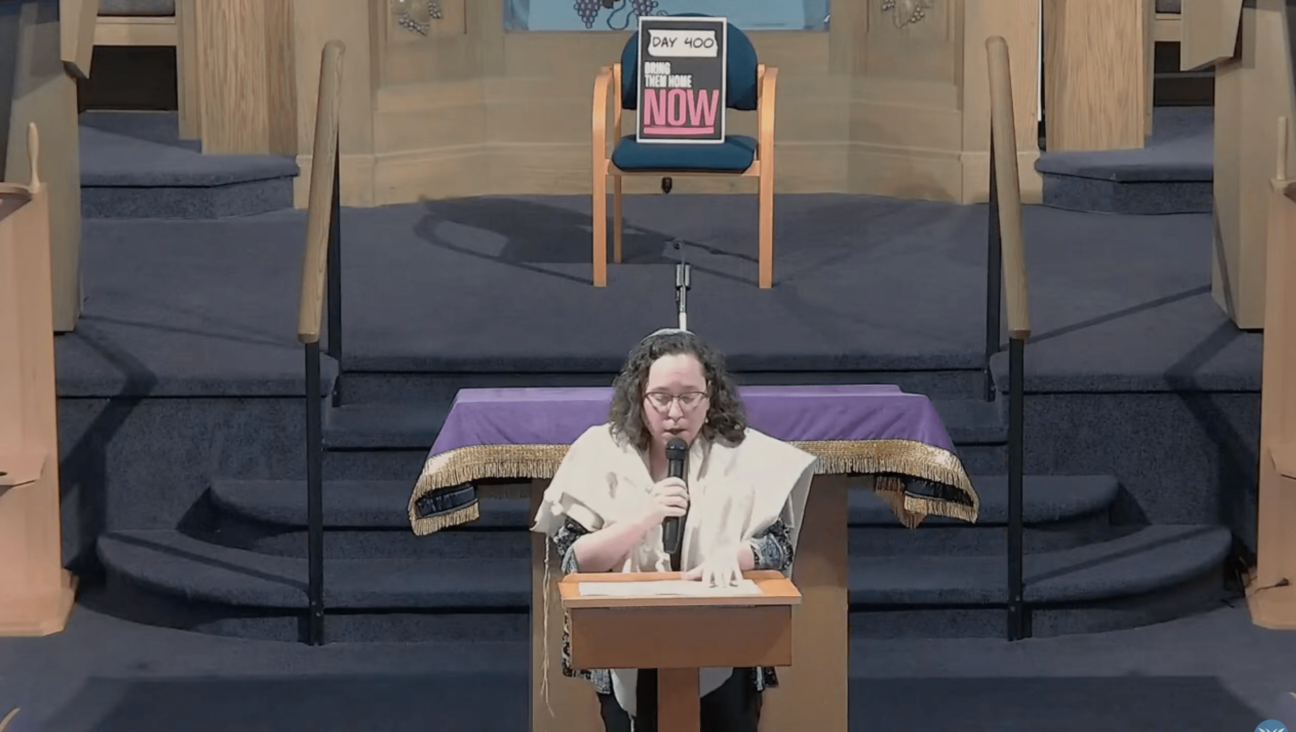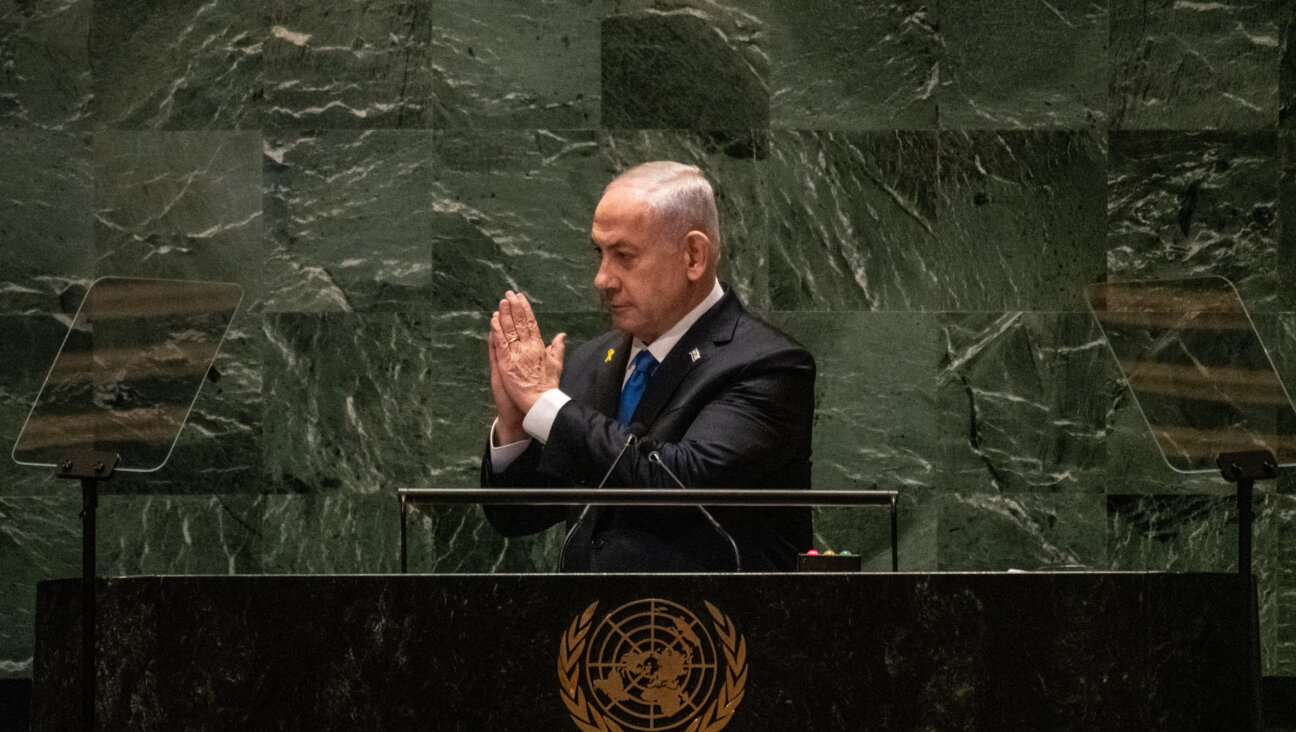A City United in Name Only
Here is a quiz:
On May 14, 2007, the ambassadors of seven nations — Georgia, Nigeria, Ethiopia, Congo, Cameroon, Honduras and Cote d’Ivoire — gathered in Jerusalem on an auspicious occasion.
On November 6, 1995, the following, among others, gathered in Jerusalem for a very different occasion: the president of the United States, his wife and two former presidents; five members of the American president’s Cabinet, the speaker of the House and its minority leader; the majority leader of the Senate along with 16 other senators; King Hussein, Queen Noor and Crown Prince Hassan of Jordan, as well as the prime minister and the foreign minister; President Hosni Mubarak and the foreign minister of Egypt; the prime minister of Morocco and senior officials of Mauritania, Oman, Qatar and Tunisia; the presidents of Albania, Armenia, Azerbaijan, Bulgaria, Estonia, Ethiopia, Finland, France, Germany, Ghana, Italy, Moldova, Norway, Portugal, Romania, Slovenia, Switzerland and Ukraine; the prime ministers of Australia, Belgium, Britain, Canada, the Czech Republic, Denmark, Hungary, Iceland, Ireland, Italy, Latvia, Lithuania, Luxembourg, Malta, Netherlands, Poland, Russia, Slovakia, South Korea, Spain, Sweden and Turkey; 20 foreign ministers, from Armenia, Belarus, Britain, Costa Rica, Cote d’Ivoire, Eritrea, Ethiopia, France, Germany, Guatemala, Italy, Japan, Kazakhstan, Lithuania, Mexico, Norway, Romania, Slovenia, Spain and Ukraine; senior representatives of Argentina, Austria, Brazil, China, Colombia, Congo, Croatia, Cyprus, Ecuador, Fiji, Greece, India, Jamaica, Kenya, Mongolia, Papua, Singapore, South Africa, Swaziland, Thailand and Yugoslavia; Prince Charles of Britain, Queen Beatrix of Netherlands and the secretary general of the United Nations.
Now for the questions:
- What were the two occasions?
The 2007 gathering was in honor of Jerusalem Day, marking the “reunification” of the city 40 years ago; the 1995 encounter was at the funeral of Yitzhak Rabin.
- What is it that accounts for the radical difference between 1995 and 2007?
While there is an obvious and significant difference in the drama of the two occasions, this year’s paltry attendance — a boycott, for all practical purposes — as against the flood of 1995 cannot be so easily explained or so casually dismissed. Twelve years ago, as the Oslo peace process was in its very early days, the mood in the region was flush with hope; this year, the world has grown both weary and glum as it considers the Arab-Israeli conflict.
Nor is it merely the death of Oslo that has led to the shift in assessment. Plainly, any number of other things have happened, more, much more, than a mere 12 years’ worth, all densely crowded together — the second intifada, more than 60 suicide bombings, Yasser Arafat’s death, the election of Hamas, Israel’s withdrawals from both Lebanon and Gaza, Israel’s construction of the separation barrier and of some 25,000 new housing units in the West Bank (where the Jewish population has grown by about 109,000 people), last summer’s war in Lebanon. Turmoil, violence, death.
-
Might there also have been a connection between this year’s boycott of Jerusalem Day and the fact that just five days earlier, Israel announced its plans to build 20,000 new housing units for Israeli Jews in largely Arab East Jerusalem?
-
Is the reunification marked by Jerusalem Day a fact or an aspiration — or, far that matter, neither?
Ask any Jewish resident of Jerusalem, whose population today is roughly two-thirds Jewish: 245,000 Palestinians and 475,000 Jews. In 1967, when Israel expanded the boundaries of municipal Jerusalem to include the former Jordanian Jerusalem (6 square kilometers) plus 64 additional square kilometers of territory, the ratio of Jews to Arabs was 74%-26%; Jerusalem’s master plan projects a 60-40 split by 2020. Ask the Jews how safe they feel driving through the Arab neighborhoods of their “united” city.
Or ask a Palestinian resident. Preserving what’s commonly called “the demographic balance,” which actually means the Jewish majority, is an explicit goal of the Israeli government. So it is that the security barrier as it snakes around Jerusalem, de facto expanding the city by 164 square kilometers of West Bank territory, also cuts inside the city line in a number of places, and in so doing excises nearly a quarter of the city’s Palestinian residents — roughly 55,000 people — from the city.
Save for 10,000 who have refugee status and rely on the United Nations for basic services, these are legal residents of Jerusalem; some are Israeli citizens. And now they are cut off even from the markedly inferior services provided the 190,000 Palestinians who live on the “Israeli side” of the security barrier. According to Ir Amim, an organization that seeks to “promote a sustainable Jerusalem,” “Despite the fact that Palestinian neighborhoods in Jerusalem comprise one-third of the population, only approximately 10% of the city budget goes to these areas.”
No one has written of Israel’s predicament more hauntingly than David Grossman, most recently at the Pen World Voices Festival on April 29, where he delivered the Arthur Miller Freedom to Write lecture. Here is a tiny excerpt from that lecture: “[T]he language with which the citizens of a sustained conflict describe their predicament becomes progressively shallower the longer the conflict endures. Language gradually becomes a sequence of clichés and slogans. This begins with the language created by the institutions that manage the conflict directly — the army, the police, the different government ministries; it quickly filters down to the mass media that are reporting about the conflict, germinating an even more cunning language that aims to tell its target audience the story easiest for digestion; and this process ultimately seeps into the private, intimate language of the conflict’s citizens, even if they deny it.”
United Jerusalem? Easy to say, hard to believe.
A message from our CEO & publisher Rachel Fishman Feddersen

I hope you appreciated this article. Before you go, I’d like to ask you to please support the Forward’s award-winning, nonprofit journalism during this critical time.
At a time when other newsrooms are closing or cutting back, the Forward has removed its paywall and invested additional resources to report on the ground from Israel and around the U.S. on the impact of the war, rising antisemitism and polarized discourse.
Readers like you make it all possible. Support our work by becoming a Forward Member and connect with our journalism and your community.
— Rachel Fishman Feddersen, Publisher and CEO





















